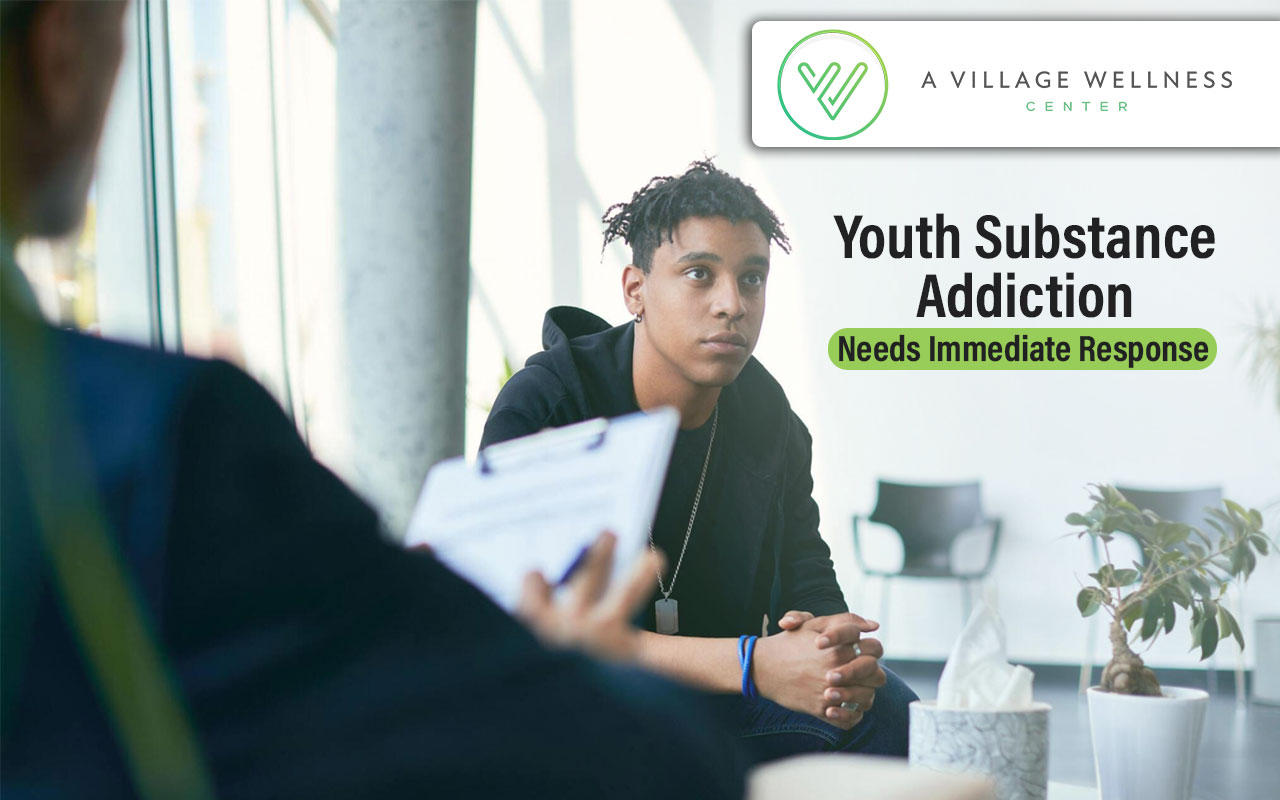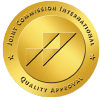Youth substance addiction is a major issue that needs immediate response. The National Institute on Drug Abuse reports that over 20% of US high school graduates have used illegal substances in the preceding month. According to the Substance Abuse and Mental Health Services Administration, 1 in 7 18-to-25-year-olds had a substance use disorder in 2020. Effective substance abuse programs for youth are needed to prevent future harm.
Youth substance misuse must be addressed for several reasons. First and foremost, substance addiction harms youth’s mental and physical health. It can cause addiction, overdose, and cognitive damage. Substance misuse can also harm academic achievement, family and peer connections, and quality of life.
There are many youth substance addiction programs to help with these difficulties. These initiatives prevent, intervene, and treat youth with substance use issues.
Understanding Youth Substance Abuse
Preventing and treating Youth substance misuse requires understanding its breadth. Key youth substance abuse statistics and facts:
- The National Survey on Drug Use and Health found that 5.4% of 12–17-year-olds used illicit substances in the past month in 2020.
- Most kids use alcohol, with about 30% of high school seniors binge drinking in the past month, according to Monitoring the Future.
- Youth who use drugs are more depressed and anxious.
Reasons why youth Engage in Substance Abuse
Youth abuse drugs for several reasons. This includes:
- Youth may feel compelled to use drugs to be “cool” or “grown-up.”
- Teens can try drugs to explore new feelings.
- Youths may use drugs to cope with stress, worry, and other emotional issues.
- The easy availability of drugs and alcohol can encourage teenage substance misuse.
Substance addiction severely impacts youth development and health. Substance addiction can disrupt brain development until the mid-20s. It can cause memory loss, decision-making issues, and learning difficulties. Youth substance usage can also raise the likelihood of accidents, injuries, and unsafe conduct.
Types of Substance Abuse Programs for Youth
Each form of youth substance addiction program addresses substance abuse differently. These programs include prevention, intervention, and therapy.
-
Prevention Programs
Youth substance misuse prevention programs teach kids about the risks and empower them to make healthy choices. These programs address risk factors like peer pressure, parental neglect, and early substance exposure to avoid substance misuse.
Prevention initiatives are community or family-based. Community-based programs may promote awareness of substance addiction and its effects through events, campaigns, and initiatives. To minimize Youth substance misuse, family-based interventions promote family bonds and communication.
-
Intervention Programs
Intervention programs help youth who use drugs or alcohol recognize and address their addiction. These programs intervene early to avoid substance misuse and its detrimental effects.
Youth-specific intervention services may include counseling, therapy, and support groups. They may also use family counseling to address family issues that may lead to substance abuse.
-
Treatment Programs
Substance abuse treatment programs help young people recover from addiction. These treatments treat addiction physically, emotionally, and socially.
Youth treatment may include detoxification, counseling, behavioral therapies, and medication-assisted treatment. They may also provide educational and vocational support to help youth reintegrate and live healthy, productive lives.
Substance Abuse Prevention Programs for Youth
Substance abuse programs for youth are essential to minimizing substance addiction and related impacts. These programs educate youth about substance misuse, build resilience against peer pressure, and teach healthy decision-making.
Youth substance abuse prevention strategies are diverse. A thorough prevention strategy frequently includes education, skill-building, and community engagement.
Youth substance addiction prevention programs include “Too Good for Drugs.” This curriculum includes interactive lectures and games to teach kids about substance misuse and develop rejection and decision-making skills.
Examples of Effective Prevention Strategies and Programs
Several youth substance addiction prevention programs have been successful. The “Botvin LifeSkills Training” program teaches life skills and boosts self-esteem to decrease substance misuse.
School-based drug testing is another successful preventative method. These programs reduce student drug usage by prohibiting it and supporting those who test positive. Community and school involvement is vital in youth substance misuse prevention initiatives. Schools can teach substance addiction prevention and provide support for at-risk pupils.
Youth Substance Abuse Programs Near Me
Find local substance abuse programs for youth that treat substance abuse issues. How to identify these programs, what to consider, and the value of community involvement are covered here.
How to Find Local Substance Abuse Programs for Youth
- Find local youth substance abuse programs for youth online. Many organizations’ websites contain program and service information.
- Contact your local health department or community health center. They typically know about local substance abuse programs and can refer.
- School counselors can help discover local drug programs. They can explain student and family programs.
- Request recommendations from friends, family, and neighbors. They may know community programs that work.
Read More: Village Wellness Center’s Role in Drug Prevention
Factors to Consider When Choosing a Program
-
Evidence-Based Practices
Look for programs that have been scientifically proven to prevent future substance usage.
-
Qualified Staff
Make sure the program has counselors and therapists who are equipped to assist youth with substance misuse difficulties.
-
Program Structure
Consider the program’s structure, including services, duration, and support.
-
Cost and Insurance
Check if your insurance covers the program and if there are any expenses. Some schools offer income-based financial aid or sliding-scale tuition.
Conclusion
Parents, teachers together, and the society faculty at large should try to curb youth substance misuse. When we find and join local programs, we will help them and make their lives drug-free, achieving well-rounded lifestyles. Find out the organizations supporting substance abuse programs for youth in your locality and get involved now.
The youth substance abuse being a topical issue where cooperation is highly needed is something that I believe everyone ought to pay attention to as they continue to read. This explains the steps well, so help others share it. Start with seeking help for substance abuse. You might think you or someone who is currently struggling needs to get help. Substance use is not something you should be ashamed of, and treatment services are there to help you get well soon. Start seeking treatment today




